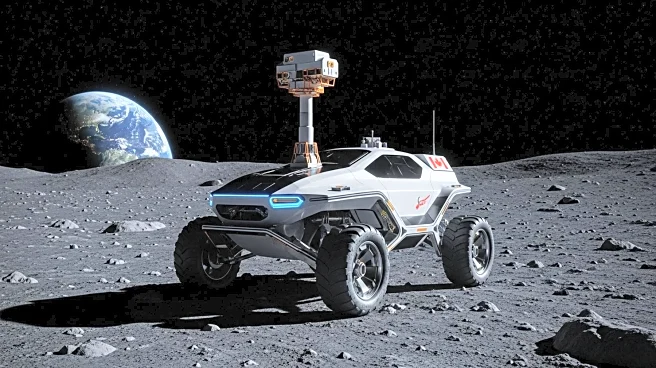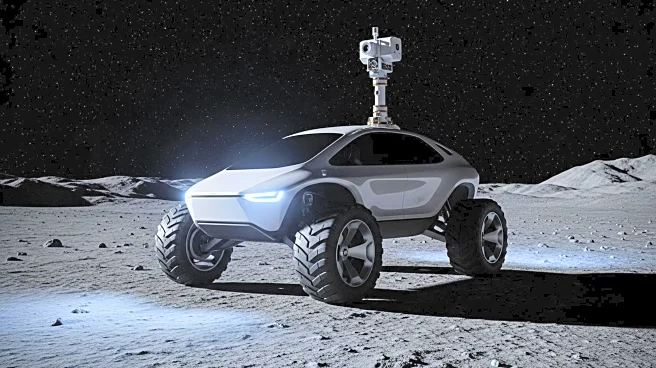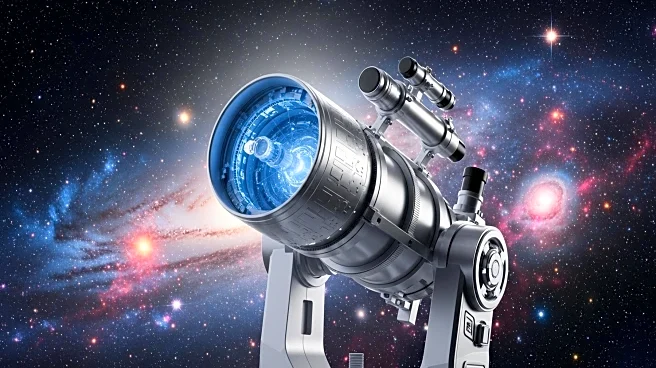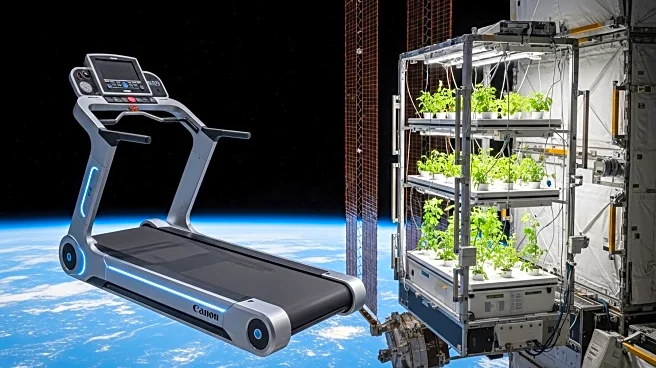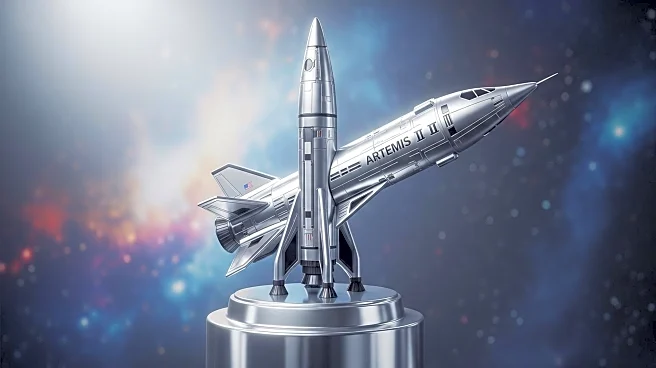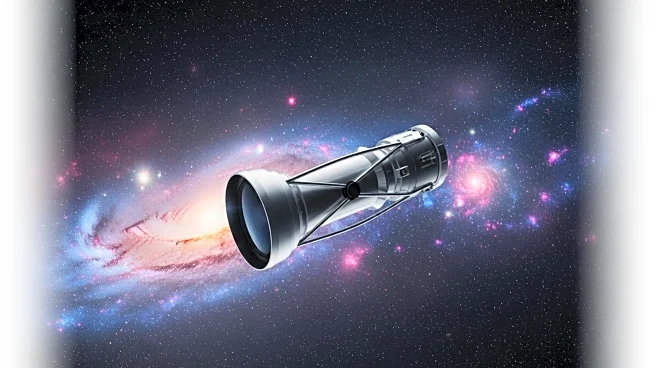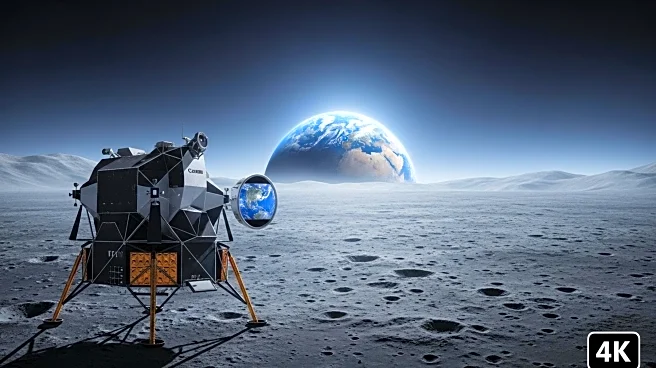What's Happening?
Canada is developing its first lunar rover, set to launch in 2029 as part of NASA's Artemis program. The rover, weighing 35kg, will explore the Moon's south polar region, focusing on finding water and measuring radiation levels to prepare for future manned missions. Canadensys Aerospace is leading this Canadian planetary exploration endeavor, marking a significant milestone in Canada's space history. The rover aims to survive multiple lunar nights and demonstrate Canadian technology, building on Canada's legacy in space exploration.
Why It's Important?
The development of Canada's lunar rover is a crucial step in establishing a sustainable human presence on the Moon. By finding water and assessing radiation levels, the rover will contribute to future manned missions, potentially reducing the need to transport heavy supplies from Earth. This initiative enhances Canada's role in global space exploration and showcases its technological capabilities. The project also aligns with NASA's broader goals under the Artemis program, fostering international collaboration in space research and exploration.
What's Next?
The Canadian Space Agency is expected to announce the name of the rover following an online competition. Canadensys is working on several prototypes, with the final vehicle to be assembled shortly before launch. Each component is rigorously tested to withstand the Moon's harsh conditions. The success of this mission could pave the way for further Canadian-led space exploration projects and strengthen Canada's partnership with NASA.
Beyond the Headlines
The search for water on the Moon could revolutionize space exploration by providing a local supply for future missions. Water molecules can be broken down to obtain hydrogen, a key component of rocket fuel, potentially transforming the Moon into a refueling station for spacecraft. This development could lead to more sustainable and cost-effective space travel, opening new possibilities for exploration beyond the Moon.
